The complex consists of the Church of the Crucified Jesus of Nevarėnai, a belfry, a chapel and a chapel pillar
The first church in Nevarėnai was built in 1602 by Count Zabiela. The Samogitian bishop M. Giedraitis appointed a priest to this church, and the Grand Duke of Lithuania Zigmantas Vaza wrote a foundation. 1785 the current wooden church was built in 1911. the parish of Nevarėnai was founded.
The church belongs to folk architecture and has the features of classicism. It has a Latin cross-shaped plan, a hall, a monotone with transcripts, two sacristies, a tower on the main façade, pedestals, a five-walled apse. The walls are lined with vertical boards with narrower slats, the building is surrounded by slopes around the perimeter. The tower has a square base, its roof is finished, covered with tin (the shingles have not survived). At the top of the roof is an ornamented cross with a trumpeting figure. A similar construction is repeated in the roof pedestals with crosses. Facade windows and doors with edgings; all the doors are forged, lined with "Christmas trees".
As soon as you enter the church, the arcade separated by an arcade of four square support columns catches your eye. Above it is an organ choir. The organ avenue is decorated with relief carvings, vases and a perforated ornament. The interesting floor of the organ choir is made of large wooden nails.
Inside the church there are many values of sacred art. The altars are folk, the work of local masters, but also have classicist style features. On the high altar there is a sculptural Crucifixion group: St. The Virgin Mary, Veronica and Magdalene and the emblematic sculptural composition of Arma Christi. On the left side altar is St. Simon and Judas, on the right, St. Picture of George. Side left St. Altar of the Virgin Mary with a tabernacle, two paintings and four sculptures; the right side is the Transfiguration of Christ with two paintings and four sculptures.
One of the more valuable paintings hanging on the wall is St. Romualdo. This is an example of a painting from the Romantic era, created by the artist A. Čapskis in 1839. The church is rich in various wooden sculptures. The organ choir hangs a stylized crucifix with a stylish perizonium. It could be simultaneous with the high altar.
Next to the church stands an old Samogitian folk-style two-storey rectangular belfry, the lower part of which is much wider than the upper one. There is a small, beautiful roof above its door. The first wooden belfry mentioned in archival sources has not survived. 1818 the current manor was built at the expense of the manor. Its foundations are brick, the walls of the first floor are of raster construction, the second is framed, covered with vertical wide boards with narrower slats. The roof was covered with shingles, now replaced with tin. Doors are double-leafed, wrought-iron, lined with "Christmas tree".
In the cemetery stands a particularly decorative St. Chapel of the Virgin Mary Sopulinga with two towers and carved volcanic wings. The towers are crowned with wrought metal crosses. The foundation of the chapel consists of a pink granite mill.
The church complex also includes a chapel pillar of four facades of exceptional construction. The octagonal roof is decorated with a cross, the bottom of the four-sided box chapel is decorated with windbreaks around the entire perimeter. Inside - St. Wooden sculptures of the Virgin Mary, the Caretaker, as well as other works by folk masters.
Source: https://sakralilietuva.lt/lankytinos-vietos/nevarenu-baznycia/



.jpg)
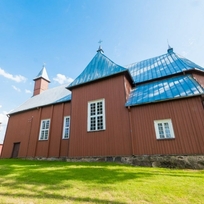
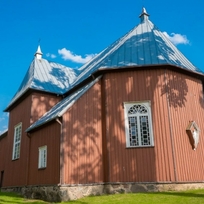
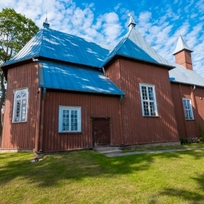
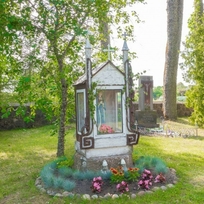

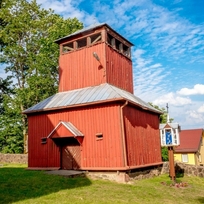
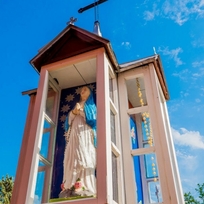
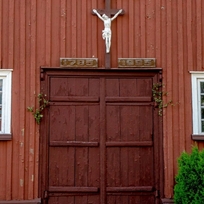
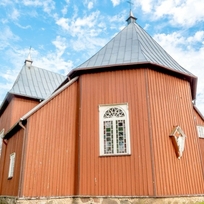
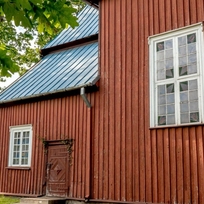
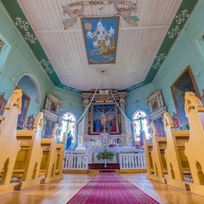
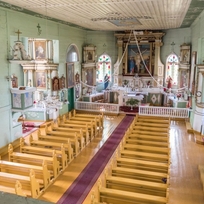
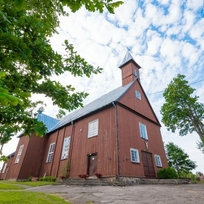
Reviews